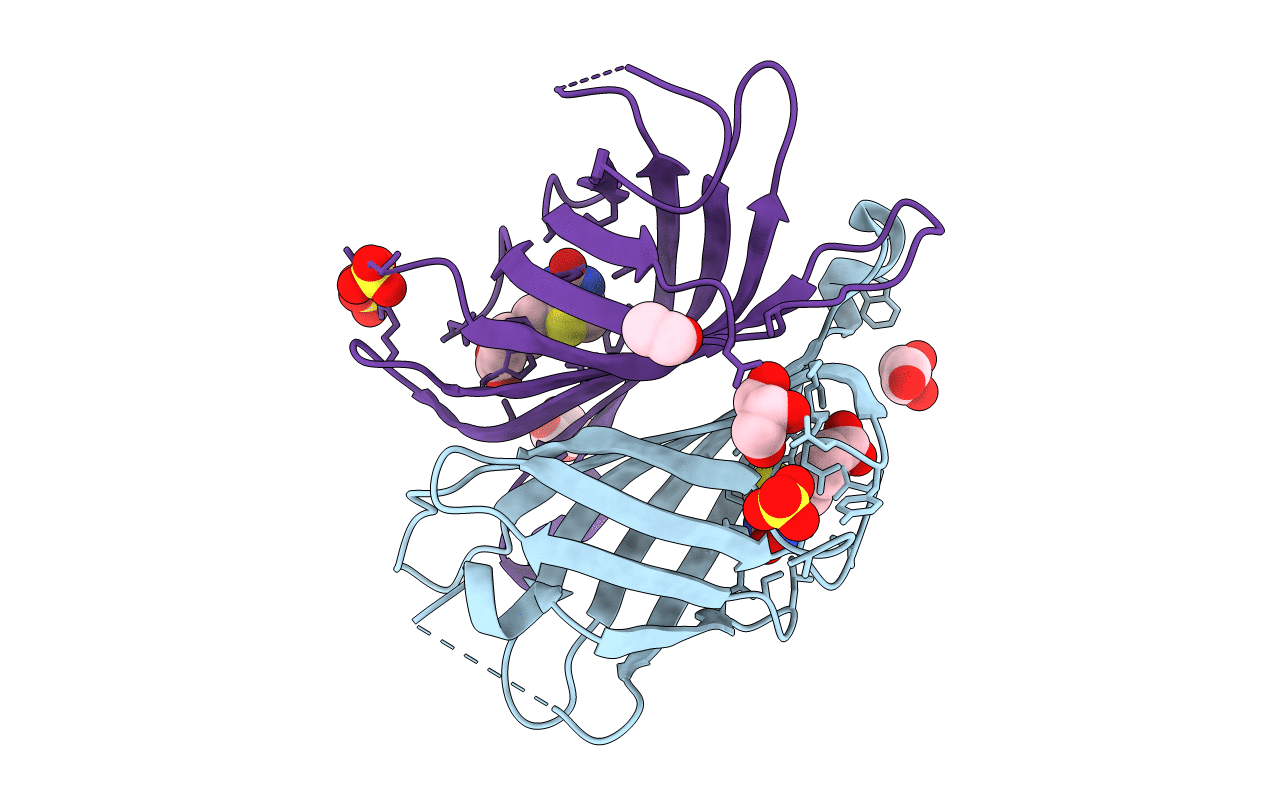
Deposition Date
2012-07-31
Release Date
2013-06-05
Last Version Date
2024-02-28
Entry Detail
Biological Source:
Source Organism:
Streptomyces avidinii (Taxon ID: 1895)
Host Organism:
Method Details:
Experimental Method:
Resolution:
1.00 Å
R-Value Free:
0.14
R-Value Work:
0.11
R-Value Observed:
0.11
Space Group:
I 2 2 2


